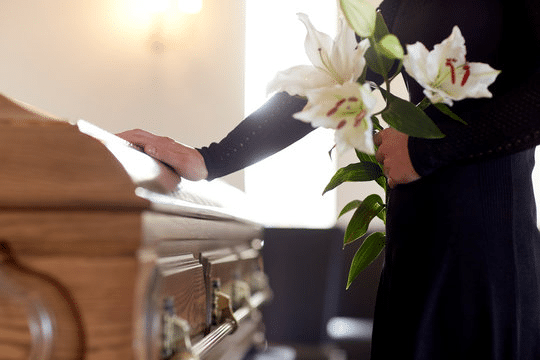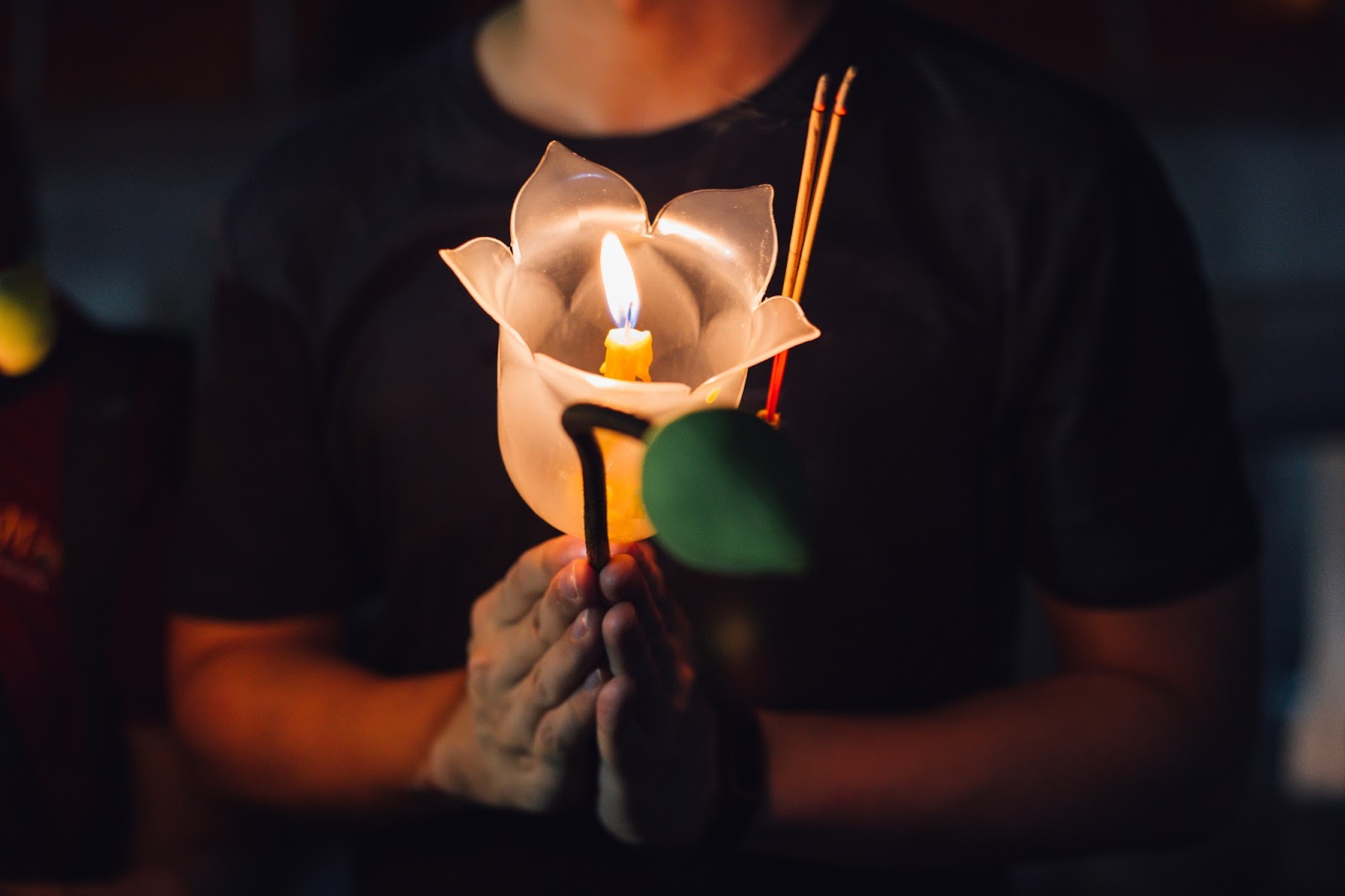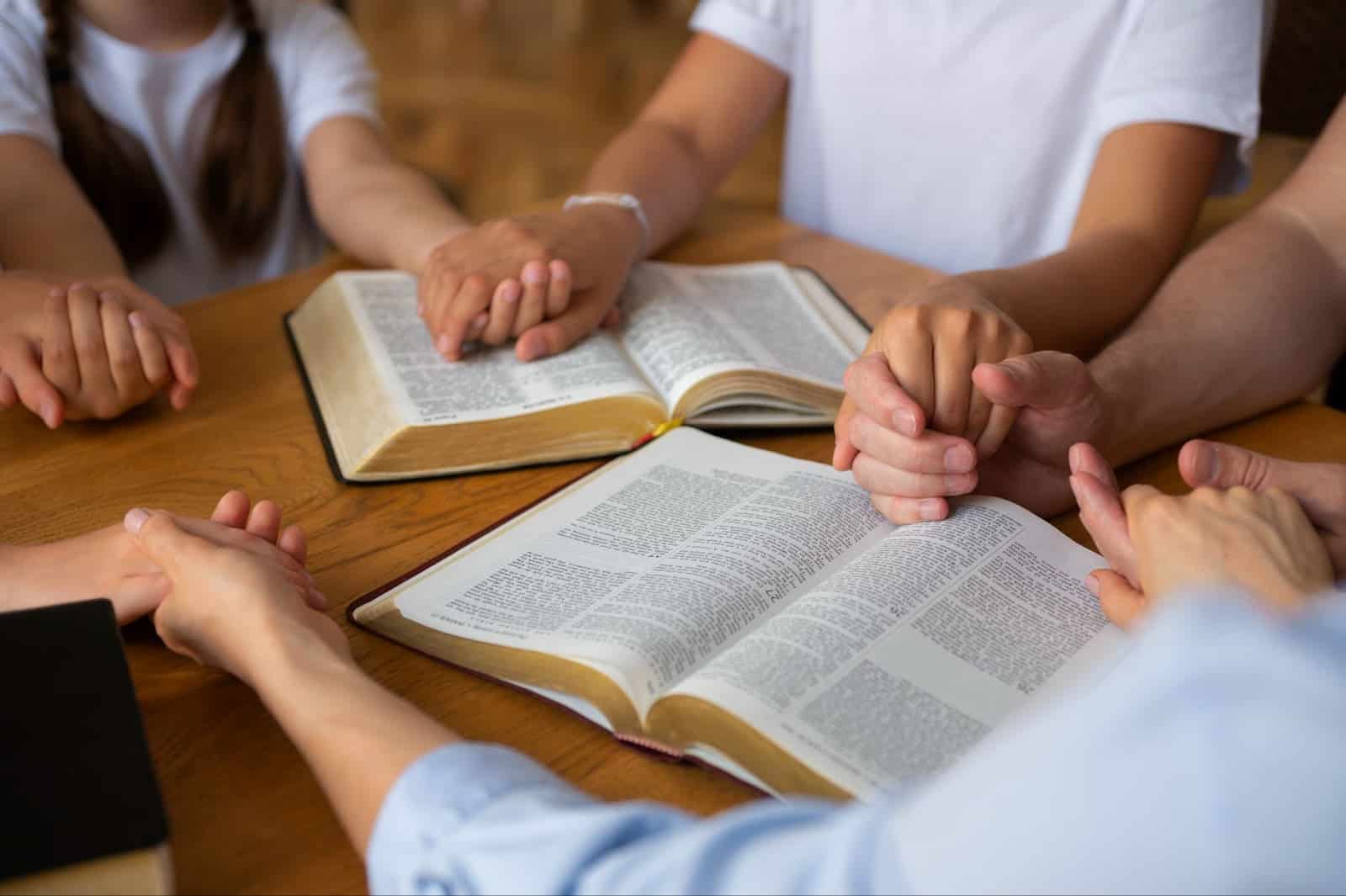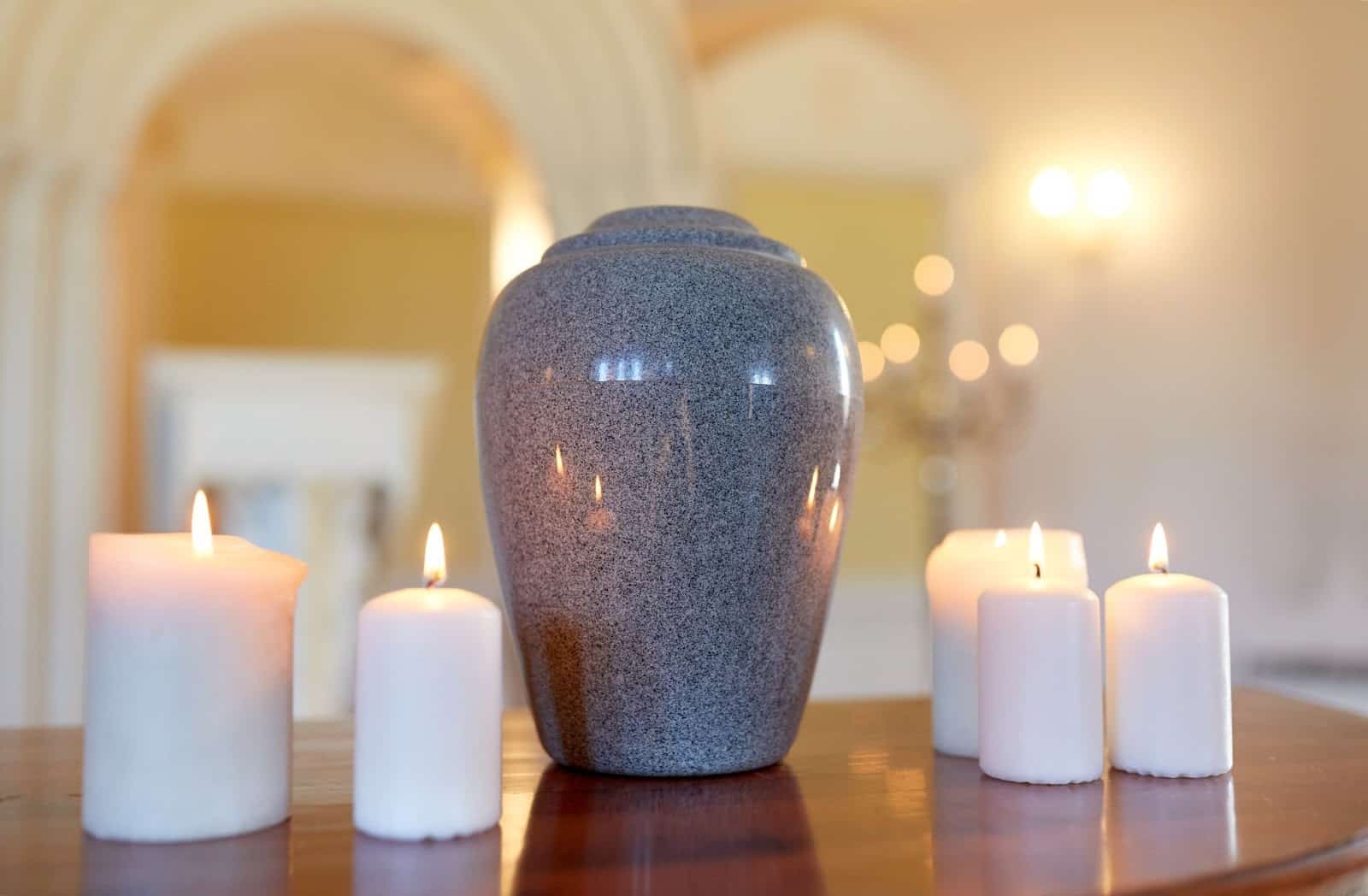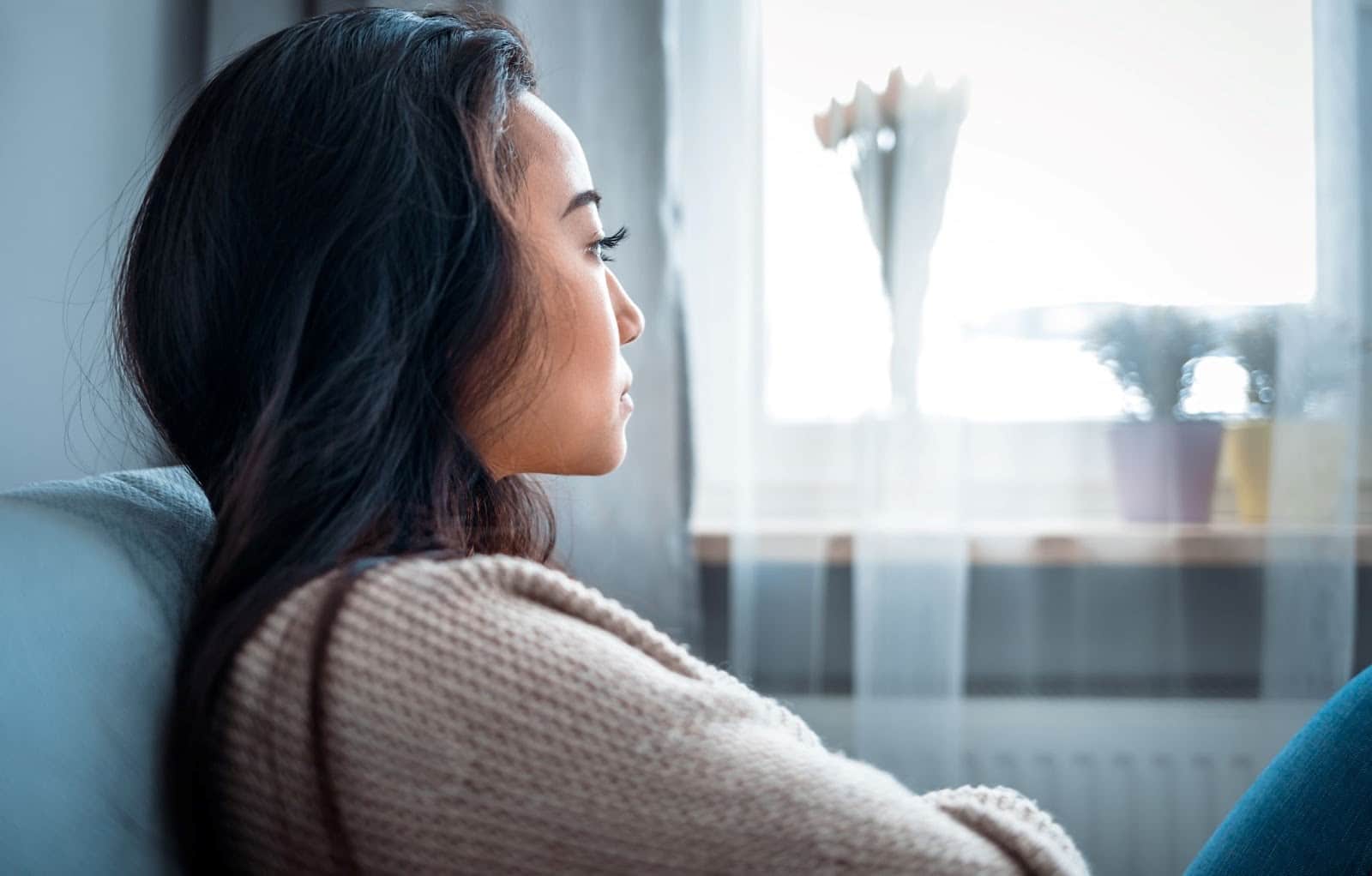Taking you through the Buddhist Funeral Service Guide
When a Buddhist passes, family and loved ones believe that the funeral service has two purposes: To aid in the transition to the next life for the departed, and to allow for a period of mourning for the kin.
With the concept of samsara – or the cycle of death and rebirth – as a part of the religious belief, the Buddhist funeral service is one that focuses on providing a serene and peaceful transition for the departed into the next life. To facilitate this, scripture chanting is often played at the service, and monks may preside over key ceremonies during the period.
While the many denominations may have specific rituals or practises that one may wish to speak to their spiritual advisor about, the structure of the standard Buddhist funeral service is often similar and can be divided into three parts – the funeral wake, the cremation, and the after-funeral rites.
The Buddhist wake
Some practises will prefer to leave the body of the departed untouched for four to eight hours as it is believed that the departed may still be moving out of the physical body. During this time, one can find a medical professional to certify the death either at the home or hospital.
The body is then moved to a funeral home to be prepared for the wake. During this time, the family will need to decide on the location and arrange for the necessary logistics. Odd numbers are significant to Buddhists as a “becoming” or transitional number, which is why Buddhist funeral services are often held between three to seven days. The wakes tend to be held at the homes, monastery or funeral parlour for some, while those staying in public housing usually opt for the void decks.
In most cases, places like funeral parlours and monasteries will have most of these well-prepared. Items like the altar, flowers, joss-sticks, offerings, chairs and Buddhist items such bells, gongs and imagery will be set-up and ready to receive the departed when they arrive in their casket.
For private homes or void decks, one can opt to liaise with separate vendors to bring in tentage, catering, flowers and even mobile restrooms if needed, or a funeral home like Memorial Funeral can come in to take care of all necessary logistics.
During the wake itself, the immediate kin will always have someone in attendance and be wearing white. Others and guests can opt for dark colours or black. While chanting and sessions can last from 45 minutes to an hour, visitors are often not required to sit through the entire session. Usually, they will offer a lit joss-stick at the altar or just bow to the departed, and some will also walk one time around the casket, led by a family member. Afterwards, they can be seated and spend time with the member they are acquainted with. Tables here often have a small plate of tidbits and candy, with a bundle of red thread. Guests will take a strand before they leave, wrap it around their finger, and dispose of it before they reach home to detach themselves from the event.
The cremation
Once the official funeral rites are performed over the determined number of days, the casket is moved to the crematorium – a preferred option for Buddhists, as well as in Singapore. On the final day of the wake, it is usual for monks to arrive and present a final prayer session.
After the ceremony, the casket is then transported to the hearse, and this can be done by either family members or professionals. Subsequently, it is not uncommon for members to follow this hearse on foot for a short distance as a symbolic procession, before setting off on the whole journey in individual or group transport to the crematorium.
There are three crematoriums to choose from in Singapore: one state-owned – the Mandai Crematorium and Columbarium Complex, and two private – Kong Meng San Phor Kark See Monastery or Tse Toh Aum Temple. Buddhists might prefer the latter two due to their religious affiliations.
Upon arriving at the crematorium, the casket is passed to the staff and the family will be ushered to the viewing room to have the final send off. The process itself will take approximately two and a half hours. The family is sometimes invited to place the first pieces of the ashes into the resting urn before the staff keeps the rest afterwards.
Once properly prepared, the final urn is presented to the family for their custody.
Final Buddhist funeral services
Subsequently, for every 7 days in the 7 weeks, a prayer session will be held by the family to further ease the transition. On the 49th day, it is believed that the departed has moved on to their next life, and a final significant ritual accorded to mark this milestone.
The length of the entire period can last up to 100 days for the family, when all celebratory events during this time are avoided to respect the deceased. On the 100th day, a final ceremony – this time more celebratory – commemorates the new life of the departed in their next journey. During this time, they may choose to house the urn at their homes, at a columbarium, or scatter the ashes at sea or at an inland facility such as Garden of Peace. So concludes the full cycle of the typical Buddhist funeral service.
Allow the experienced specialists of Memorial Funeral to help you with your affairs and prepare you for a respectful and complete Buddhist funeral service.

